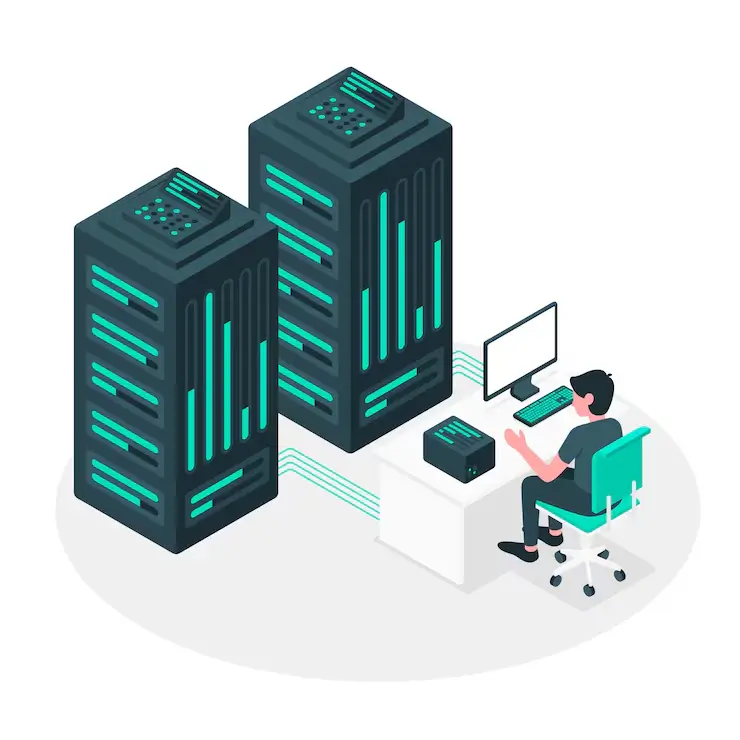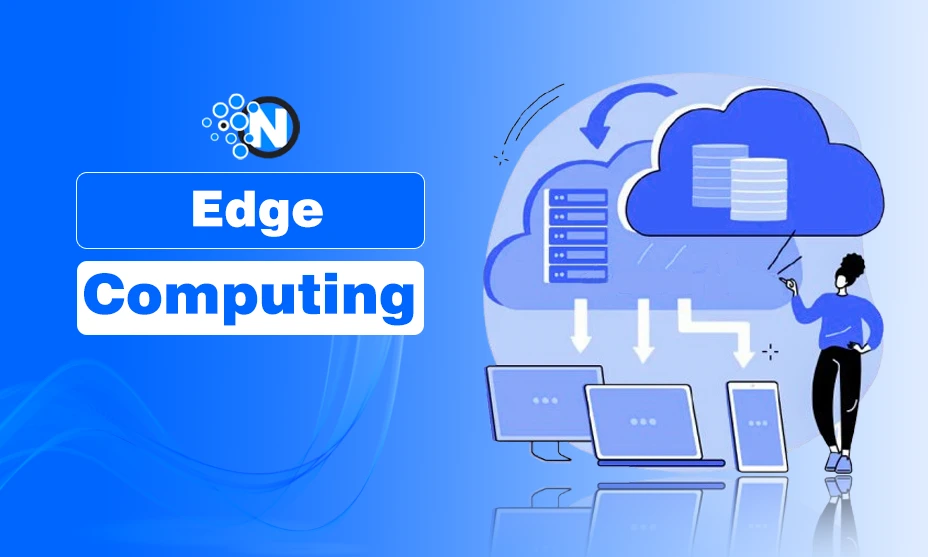Edge Computing – Definition, Benefits, and Use Cases
Edge Computing has significantly impacted the world by providing immense benefits over the ordinary cloud computing strategy. With the production of so many devices in recent years, it is becoming impossible for cloud computing to maintain the network speed as before.
Therefore cloud computing is generated to provide a location-sensitive form of computing to increase the network speed for a faster and smoother experience. If you want to know more about Edge Computing’s definition, benefits, and use cases, this guide will be of great importance to you.
What is Edge Computing?
Start creating Verdict in seconds, and convert more of your visitors into leads.
In simple edge computing defination, It is the storage and maintenance of data near the areas where it is generated. Unlike cloud computing, it works on a physical basis near the end-devices like mobile phones or laptops to store the data as soon as these devices produce them. Further, the rise of edge computing AI is transforming industries by enabling smart decision-making without relying on centralized cloud servers.
Edge computing involves deploying small data centers or edge nodes closer to end users. These nodes are often embedded in smart devices, routers, or gateways, enabling them to process data on-site. Examples of IoT edge computing devices include smart sensors, self-driving cars, and industrial robots.
Hence retrieving and computing the data becomes a lot easier and faster. Additionally, this type of computing has optimized the web applications’ performances by quickly accomplishing the computational processes.
Edge Computing vs Cloud Computing:
The key difference between edge computing and cloud computing is where the data processing occurs. Cloud computing relies on distant servers, which can lead to latency issues. Edge computing, on the other hand, processes data locally, reducing lag and enhancing real-time performance.
While cloud computing is great for storing and analyzing vast amounts of data, edge computing is better suited for applications that require immediate responses.
With mobile edge computing, data is processed closer to mobile users to ensure fast response times and improved user experience in applications like autonomous vehicles and gaming.
Benefits Of Edge Computing
Start creating Verdict in seconds, and convert more of your visitors into leads.
Although cloud computing has provided some unreal benefits to the modern world, Edge Computing has dominated it by offering some of the greatest advantages described below.

1. Reduction In The Latency Time
One of the most obvious advantages of Edge computing is that it allows you to retrieve data more quickly than ordinary cloud computing methods. In cloud computing, the data from the end–devices like smartphones or laptops move to the cloud storage over the internet.
With the rise in a number of users, the speed is getting slower, spoiling the users’ experience. Edge Computing has reduced latency by storing the data in nearby devices. Thus, people can easily revisit the stored data without much lagging and delay.
2. Reduced Bandwidth
Reduced bandwidth is another essential benefit of edge computing. There has been an extensive rise in the use of smart devices in recent years. More and more people are storing their data in cloud-based platforms to keep them safe and secure.
Resultantly, it has put additional pressure on such computing to process the information and provide them back to users on time. While in the case of edge computing, the information and data are present in locally based systems. Thus, it is more convenient to retrieve quickly, reducing the bandwidth by speeding up the data transfer speed.
3. Enhanced Security
Unlike cloud storage, where data from a vast population is stored, there is very minimal data sharing in Edge Computing. This improves the security of individuals’ data by reducing the number of transfers between locally placed storage sections and end devices. Lower are the users. Lower will be data retrieving and processing. As a result, there will be more security.
4. Improved Resiliency
There is no risk of a major failure in Edge Computing, which results in improved resiliency of data storage. In cloud storage, when the servers fail, the whole system shuts off, affecting a large population.
While there is no certain drawback with this computing as the data is saved in many storage houses. Failure of one will not affect the users accessing the information from the others.
Use Cases Of Edge Computing
Start creating Verdict in seconds, and convert more of your visitors into leads.
We mentioned earlier that Edge Computing is the storage and processing of data near to the required places. Thus, you can use it anywhere to get the ultimate advantages. Below are the top use cases of this kind of computing.
1. Self-Driving Vehicles
Self-driving cars are the gifts of modern technology, attracting a larger portion of the world’s population. These vehicles are the most common use case of Edge Computing. There is no need for drivers in such cars as they work on the stored codes and essential data to take quick actions according to the traffic situation and weather conditions.
They readily retrieve the data from nearly placed computing platforms to prevent accidents. In the case of using cloud technology, users may have to face fatal accidents if any failure arises in the centrally based storage platforms.
2. Cloud Gaming
An edge computing platform of cloud gaming lets you play your favorite games online without downloading or installing them on your devices. The games are stored on online platforms and are accessible over the internet.
In the case of cloud storage, you may have to face latency and network issues while streaming them, spoiling the whole charm and enjoyment. On the other hand, if these games are stored on nearby devices, you will be able to access them instantly, enjoying a seamless experience.
3. Traffic Management
In the last few years, there has been a colossal rise in vehicles and automobiles on the road. Thus, it becomes extremely challenging for the management to execute a perfect traffic plan.
With the help of edge computing, the traffic police or wardens can easily process the data to track closed routes and improper vehicle lanes. Moreover, they can conveniently order the managemental authorities to open or close a particular road for extra safety.
4. Smart Cities
Edge Computing is also being utilized to create smart homes. This technology speeds up the processing of sensitive information due to low latency. Thus, various departments can use this data quickly to take necessary actions.
For example, in the case of any cybersecurity threat, the protective safety gadgets, like a siren, can effortlessly call up the cops or other specialized security departments to take control of the situation. Moreover, other departments can retrieve the data efficiently from locally stored paths to take swift actions.
5. Industrial Maintenance
In industries, many issues occur daily, and it is compulsory to eliminate them as soon as possible to smoothen the work. Sending the data to cloud platforms and reaccessing it will take a huge toll on time. On the other hand, edge computing will provide you with real-time data, enabling you to maintain the industrial components on the spot.
Final Verdicts
Start creating Verdict in seconds, and convert more of your visitors into leads.
All these are the details about the definition, benefits, and use cases of Edge Computing. In conclusion, this locally based computing has provided significant benefits like latency time reduction, shortened bandwidth, enhanced security, and improved resiliency. Thus, users can retrieve the data more swiftly from nearby-based platforms than cloud storage.
Moreover, using edge computing in various fields like autonomous vehicles, oil companies, and predictive maintenance prove immensely advantageous. That’s all about this guide. Stay tuned for more information!





